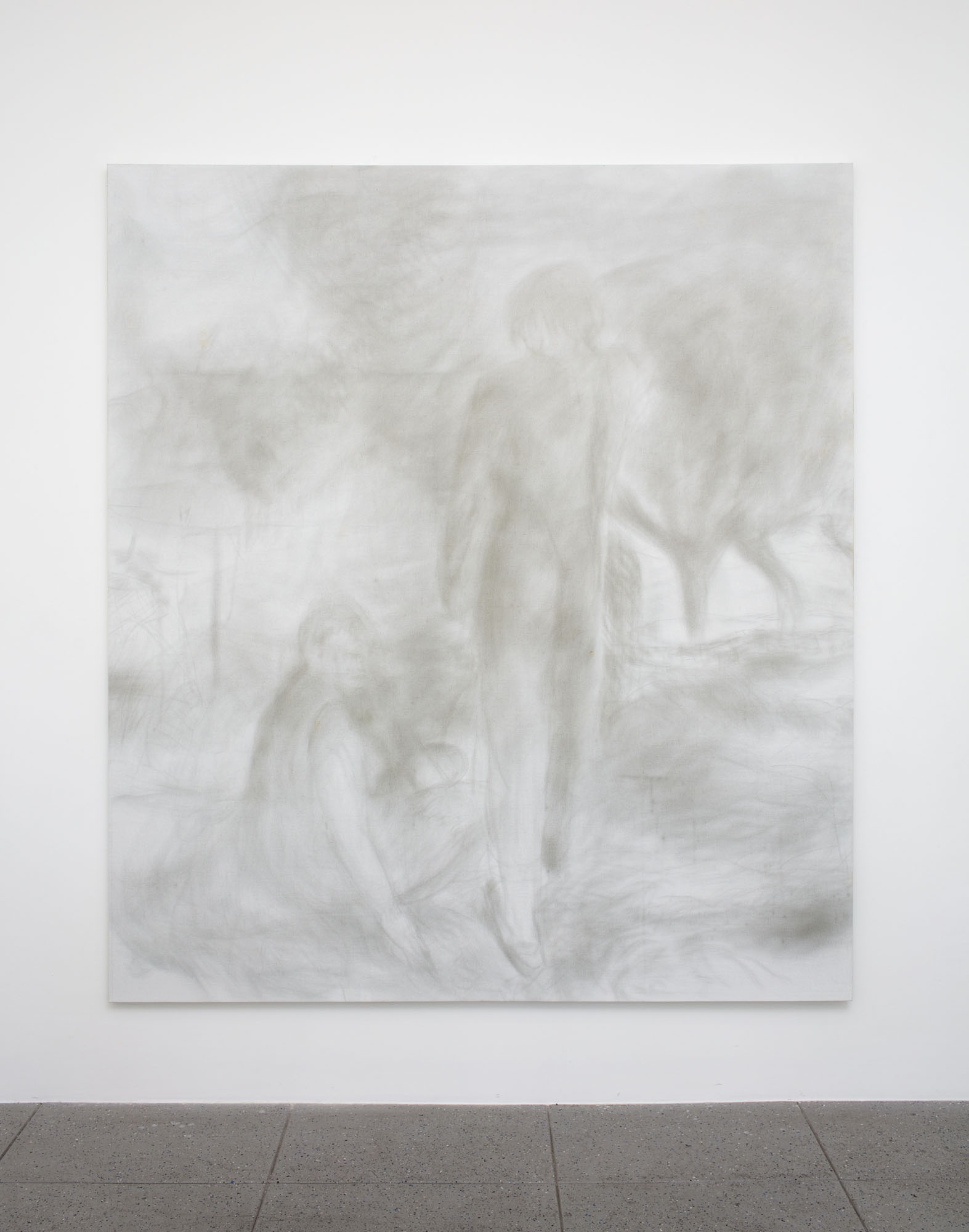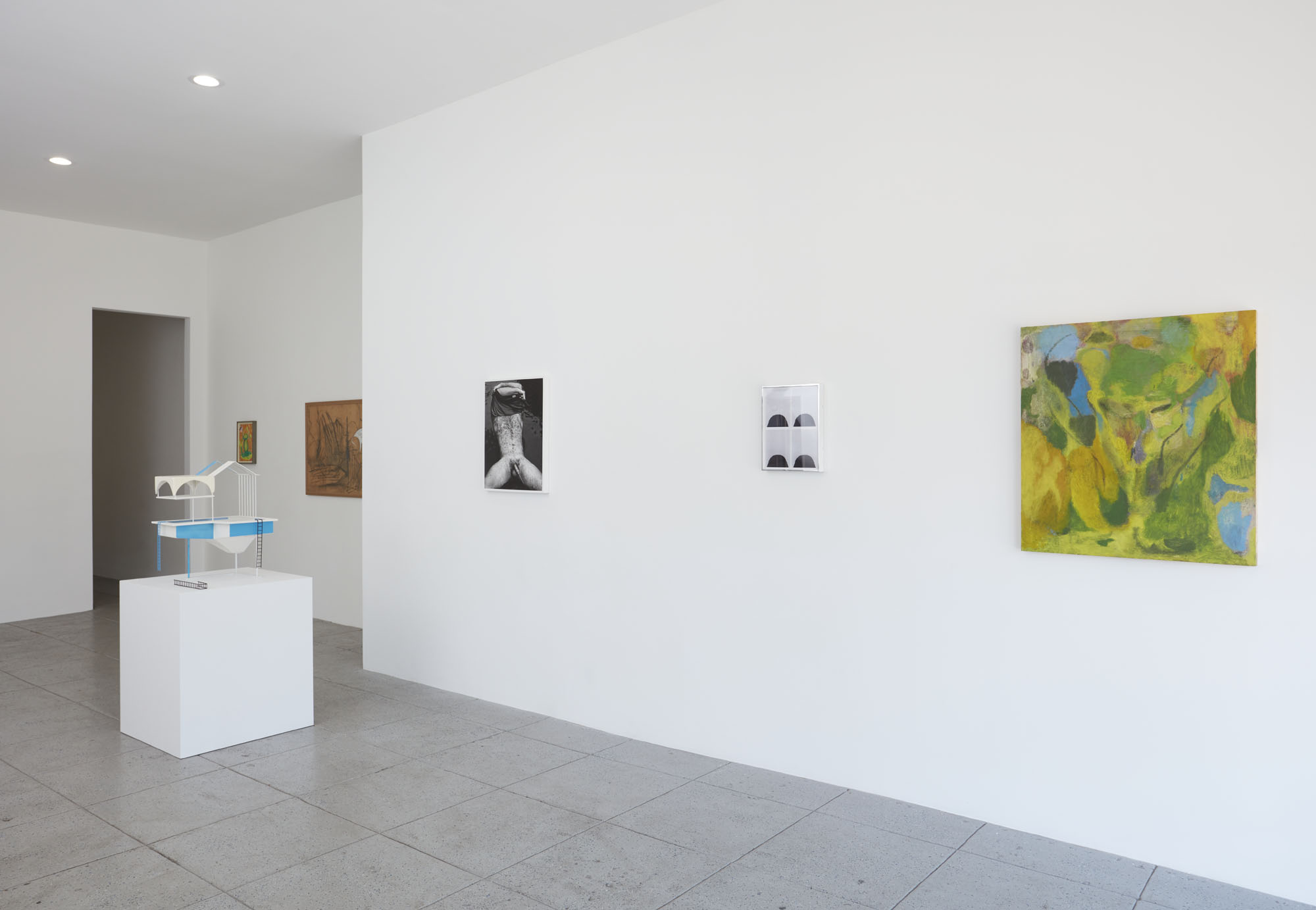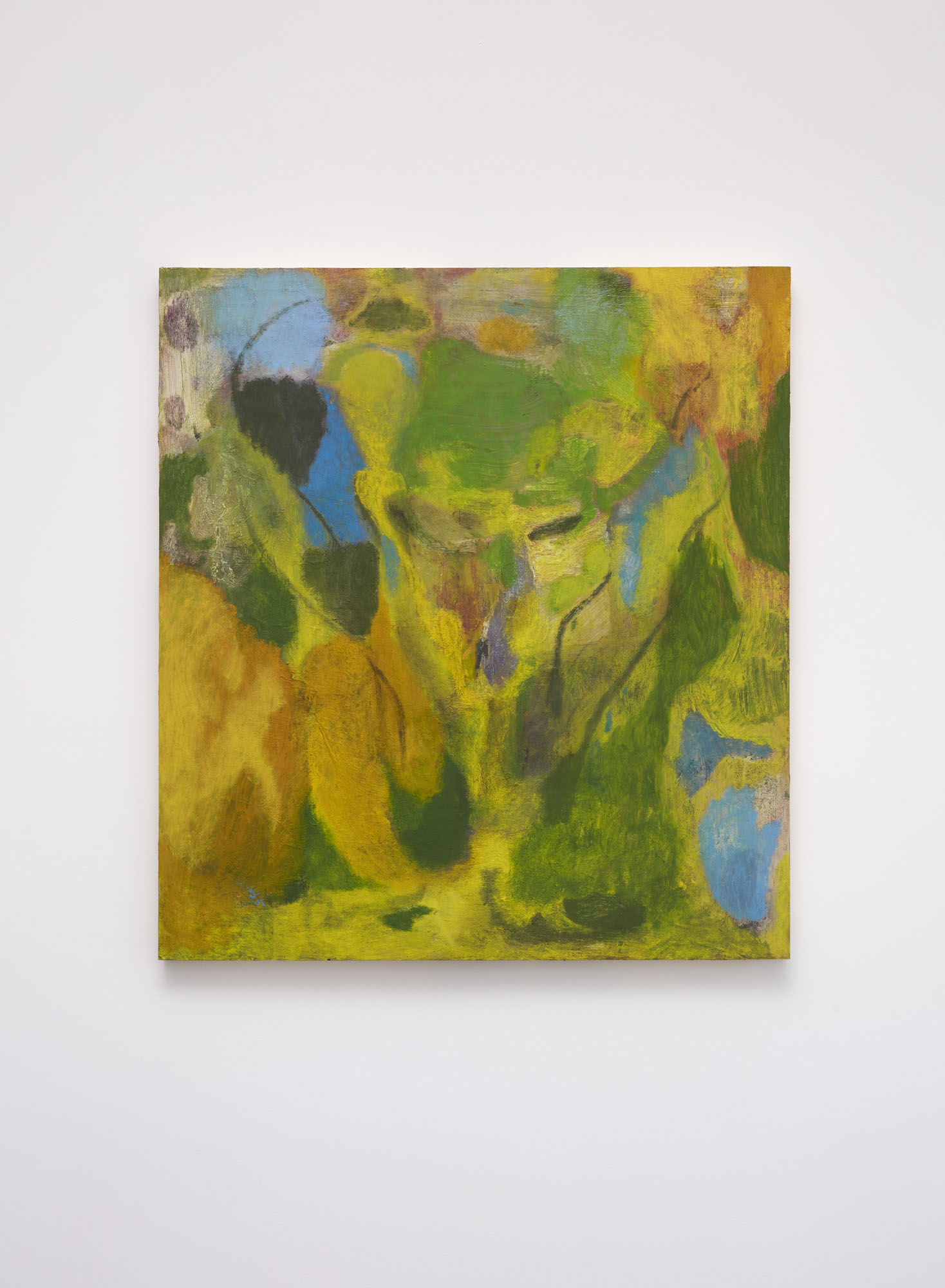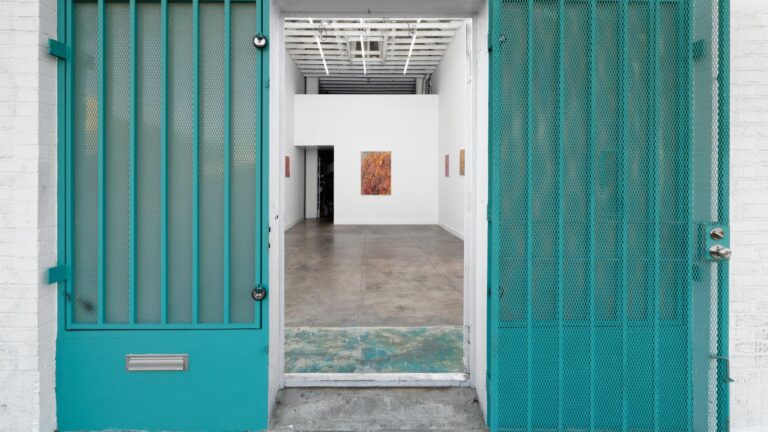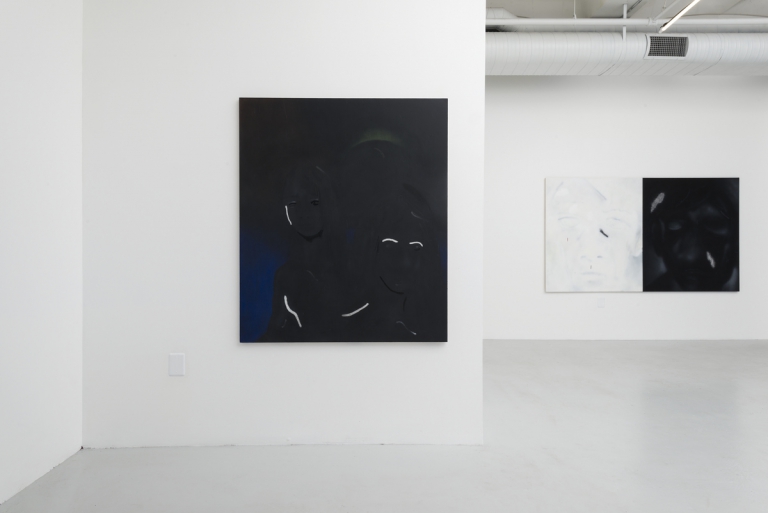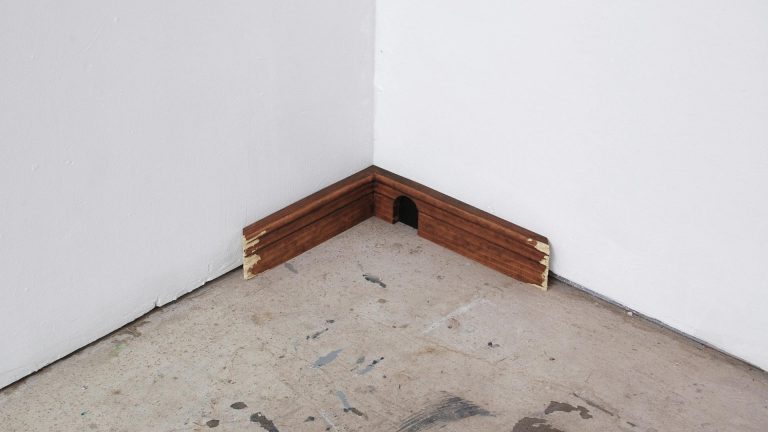Artists: Victoria Colmegna, Andy Giannakakis, Aidan Koch, Mark McKnight, Dylan Mira, Alex Olson, Matt Paweski, Autumn Ramsey, Mark A. Rodriguez, Kate Spencer Stewart, J. Parker Valentine, Willa Wasserman
Exhibition title: Automatic Door
Venue: Park View/Paul Soto, Los Angeles, US
Date: August 7 – 30, 2019
Photography: all images copyright and courtesy of the artists and Park View/Paul Soto, Los Angeles
We are pleased to announce the opening of Automatic Door, a group exhibition that will feature new and recent works by artists represented by the gallery, plus special guests. Automatic Door will open on Wednesday, August 7 with a public reception from 6 to 8pm in Los Angeles at 2271 West Washington Boulevard. Automatic Door will remain on view through Friday, August 30. The exhibition also marks the 5th anniversary of the gallery, which opened its doors in August of 2014.
Automatic Door is the follow up to the exhibition A Spaghetti Dress for World Peace, which was organized at the gallery in the fall of 2017. That exhibition was a response to a crisis and similarly Automatic Door poses a few questions that are related to the concerns of its predecessor, namely the possibilities of art and art making to speak, to point to, to represent, and to make a difference given its forever compromised circumstances.
Automatic Door relates in an expanded way as I continue to question the role of the gallery, and my life, and my life in service of the gallery. I sat down with a friend in New York this late June and we began to describe to one another this dull feeling we had, or perhaps what seemed like a lack of a feeling but upon reflection is probably the cumulative feeling of so many sensations piling on top of one another. It didn’t seem like anything in particular would matter anymore, that exhibitions, projects, and productions would come and go and this would make an effect on audiences that sought to connect to or at least be aware of an expanding amount of content in the world, exhausting themselves in the process of consumption, making nothing so essential in the end.
Why would any one exhibition matter anyway, and in fact why would any one artwork in particular continue to be held up as special, especially in a condition of world political crisis, when the answers or responses to those crises felt more and more like an algorithmic organization of points-of-view meant to represent something for everybody within the forever compromised systems crosscutting art industry. The turn towards the political and identity felt necessary in order for more stories to be told. Inevitably those narratives had to be told in certain ways that could be accepted by power, congealing those stories into selves that could be digested within an institution.
As a person within this institutional ecology, acknowledging the beauty of this process of new representation, I also experienced an existential pain, feeling again the limitations of this life and this world I inhabit. How could this world and this life really be seen for what it is, and who would care? Several moments this summer I asked myself, what is the point of this life? “This life meaning” the life of this body. What am I doing? What am I servicing? What has come to be known, and this is something that I have always known in a primordial way I suppose, is that the point of this life for this body is to be of service by witnessing the complexity unfolding around me with love and compassion. I acknowledge this as the purpose, and this purpose is and would extend to my professional life, which is completely entwined with what is personal.
I have made conscious decisions to support artists that live in and produce within ecologies of the body and world in a way that seeks to represent the process of moving into some sort of raw reality or deeper truth, realities or truths that can only be known fleetingly. Of acknowledging what is the truth of the moment, and how that is interconnected to all living things, non-living things, systems of race and class, ideologies of power and economy, and so on. Narrative and meaning exist as support structures within this mode, but as self-reflexive tools that are also byproducts. They are treated as just another level of thought trying to understand that that cannot be understood, another level of mimesis.
In this regard, I am dealing in abstraction, and I am dealing in points-of-view and identities that acknowledge their constant arising and falling away. There are moments when these artists and their artworks are embedded within particular conditions, in pop or folk culture, in nature, in the built environment, in the moment of seeing within a canvas or within the gallery. And then there are always formal qualities that acknowledge the provisional nature of this moment, and that seeing it as a crystalline take on a work and a life that can be anchored to some meaning denies its radical position. Instead of meaning or identity, I would like to create and support poetry and I would like to create and support poetry that is spiritual. This is the most radical position for me to inhabit I have come to realize.
I want my heart to operate like an Automatic Door, opening as I sense your approach, letting everything in and remaining with that experience as time passes and my body decays. The artworks on show here all seem to be aware of the fact that their existence lacks any constancy in terms of their own embodiment and reception. And so they themselves deal within that space of unknowability in curious ways, by enacting that process themselves, responding to raw sensation like an Automatic Door.
Come inside.
—Paul Soto












